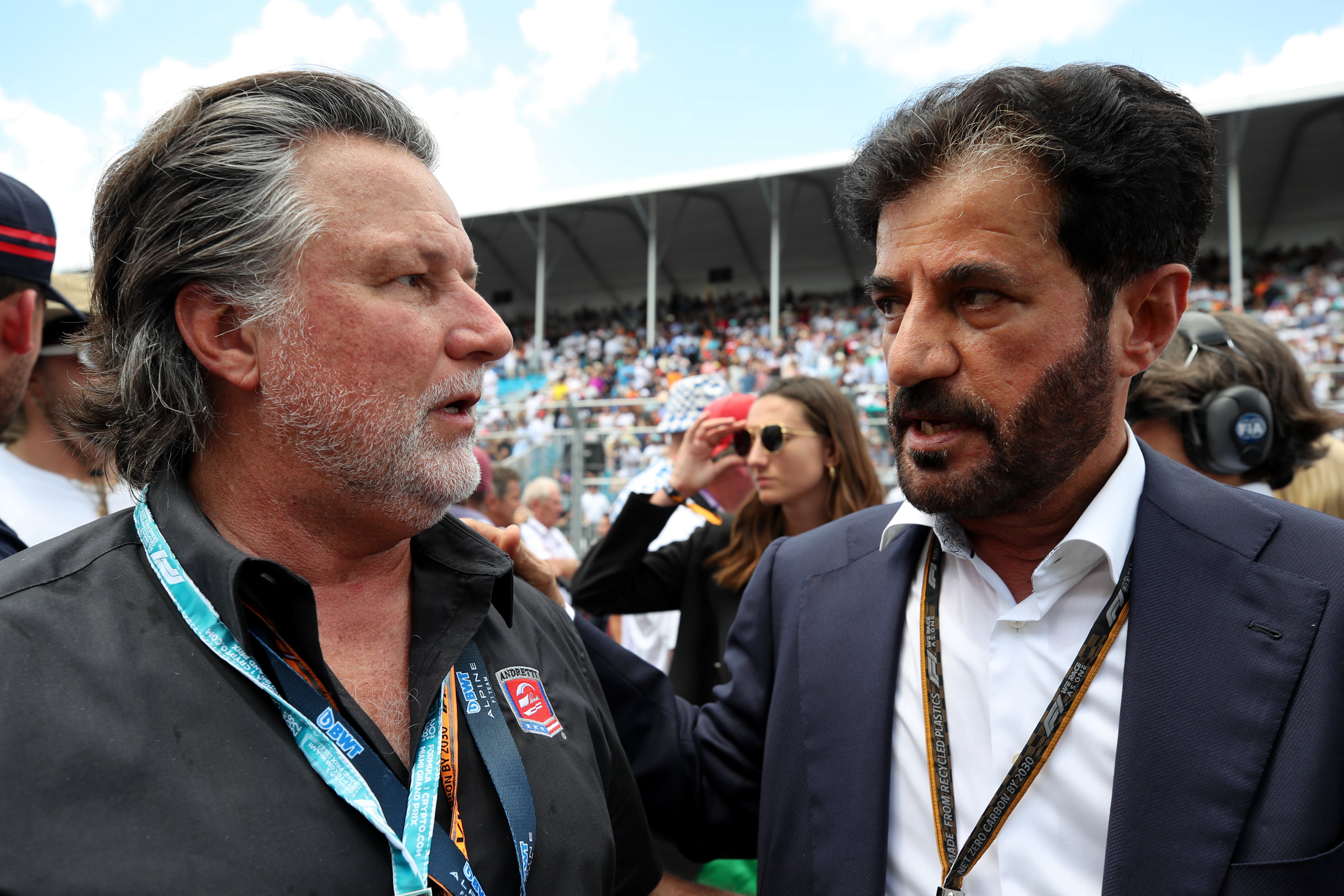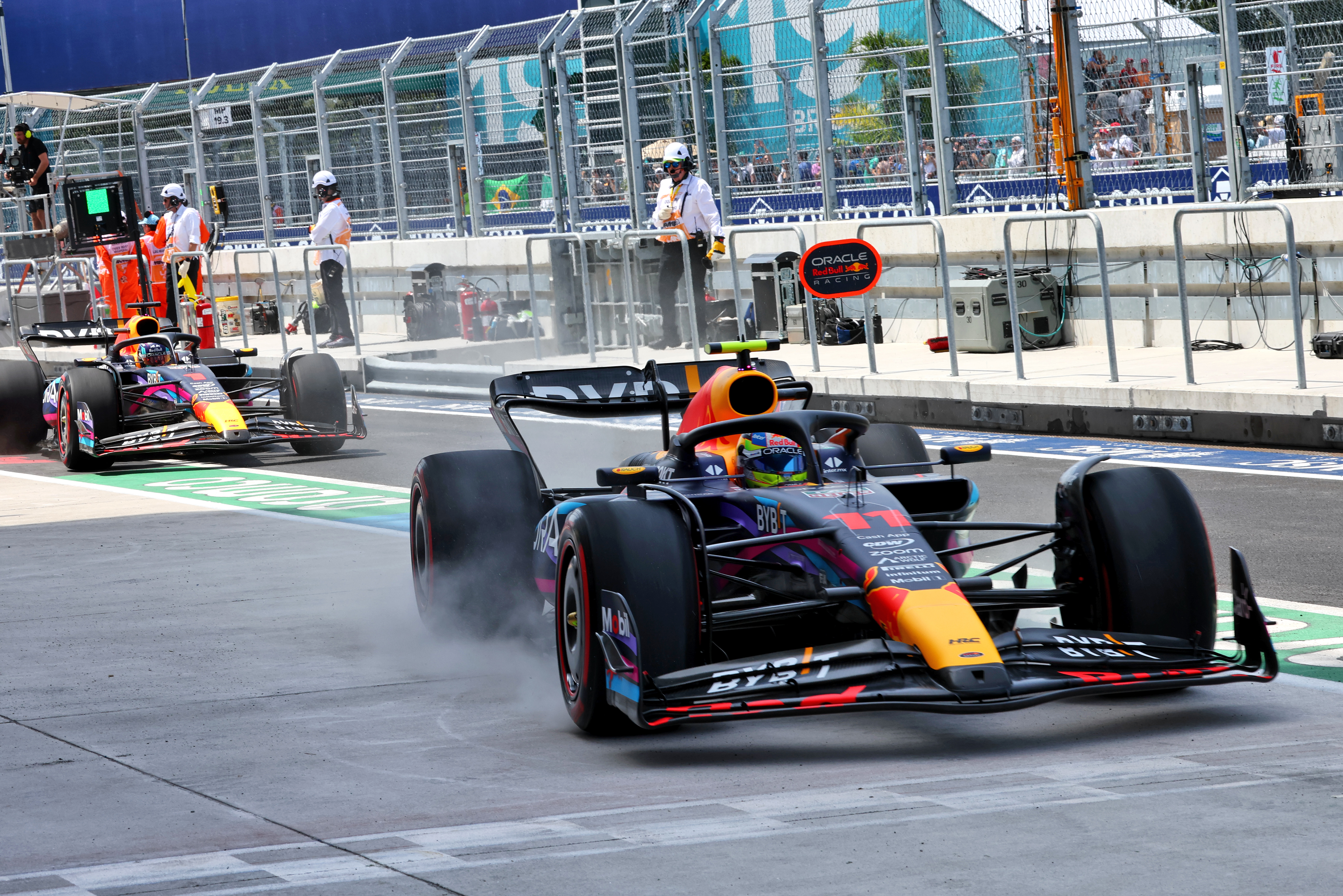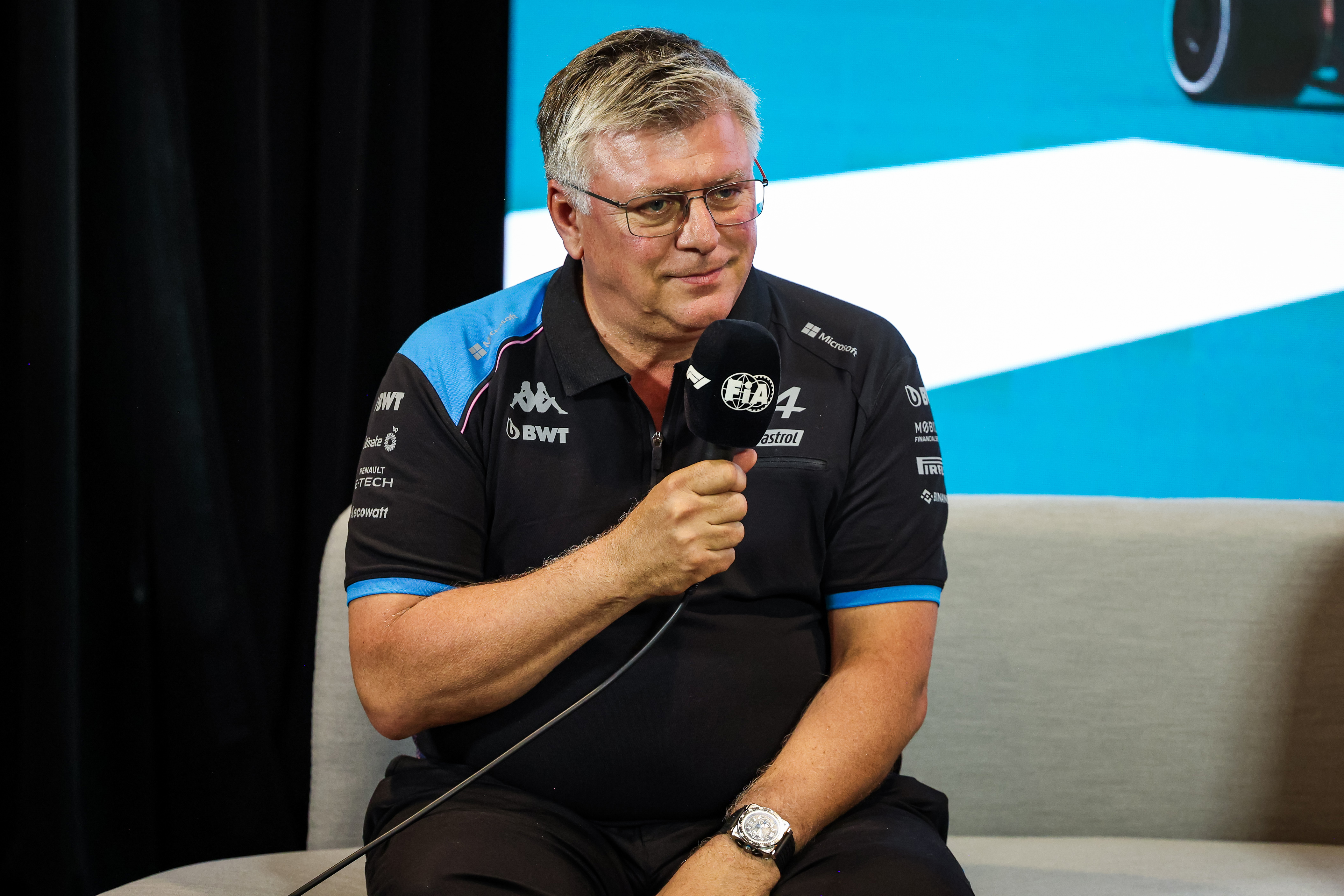Up Next

Red Bull Formula 1 boss Christian Horner says it would be logistically “very difficult” to house potential new teams within the paddock given the championship’s growth.
The deadline for applications for new F1 entrants – following a process launched back in February at the behest of FIA president Mohammed Ben Sulayem – has been extended to May 15.
Prospective teams have been given the opportunity to apply to join the F1 grid in 2025, 2026 or 2027 with a decision on which new teams – if any – are accepted expected to come around two months after the application deadline.
The new entrant application process followed lengthy public declarations from American racing powerhouse Andretti that it was targeting a move onto the F1 grid.
After a failed bid to buy the Sauber-run Alfa Romeo team in 2021 it switched its attention in 2022 to joining as an 11th team and announced a joint bid with General Motors at the start of this year as part of that effort.

Michael Andretti attempted to secure the approval of existing teams at the Miami Grand Prix last year but was met with widespread resistance outside of the Renault works team that would likely act as its engine supplier. McLaren team principal Zak Brown, with whom Andretti is closely-linked, was also a supporter of the plan.
The existing teams raised financial concerns and pushed for a massive hike to the previous $200million anti-dilution fund that any new entrant would have to pay.
Horner once again raised these fiscal concerns when asked about a potential new 11th team in the Miami GP press conference but also pointed out a logistical challenge.
“I think the issues remain the same as 12 months ago: fiscally what is the incentive for an existing team or franchise to accept an 11th entrant?” Horner said.

“Ultimately who pays if it dilutes the income of the 10? It’s like turkeys voting for Christmas, why would they do that?
“Are Liberty [Media, F1’s owner] prepared to pay and fund an 11th team, are the FIA prepared to reduce their fees to help accommodate it?
“So there’s all the financial aspects. But beyond that with the way the sport has developed if you look at the pitlane for example here or somewhere like Monaco or Zandvoort or some of the circuits we’re now racing at, where would we be able to accommodate an 11th team?
“I think that in itself, operationally where do we put the motorhomes, where do we put the support [paddocks]? Where do the trucks go?
“I just think it would be an incredibly difficult thing to be accommodated with the way the sport has evolved.”
F1 has had 10 teams since Manor dropped off the grid at the end of 2016. Prior to that, it had 12 teams for three years after accepting three brand-new entries ahead of the 2010 season.
The Monaco Grand Prix has a capacity for up to 26 F1 cars and last featured that many in the 1995 edition of the race.
Mercedes team principal Toto Wolff started his answer with a reminder that “we [the existing teams] have no say in this” process.
“The opinion that we have expressed is that it’s very difficult in F1 to perform. It has taken us many years to be where we are,” Wolff said.
“We’ve gone through really difficult times where F1 wasn’t the blockbuster it wasn’t today. Therefore whoever enters the sport I think it would be beneficial for all of us if they can really bring something new to the show.
“If they can help us increase our audiences. Or if there is a lot of marketing dollars that are being invested, similar to what we have done over the years, Red Bull and Mercedes. Hundreds of millions.
“If that was the case we have to be open-minded and say, ‘How can we contribute to making that happen?’.
“But again, we’re not part of the governance and so I would very much hope that if we find someone, if we decide to go for another team, that someone can really leverage what we have today and make it greater.”

Alpine team principal Otmar Szafnauer said he was “sure the process will deliver the right amount of teams” whether any were added or not, but felt teams should added if it was beneficial for F1.
“There’s 10 of us competing almost at the same level and I think that’s good for the fans, we haven’t had that in in recent years in Formula 1,” he said.
“The cost cap has helped, better distribution of the income has helped, the fact that the sport is on an ascendancy means we get more sponsorship too and with all that having 10 healthy teams is great for the sport.
“[But] if we had more than 10 and it becomes a little bit less healthy, maybe that’s not so good. But that’s not for me to say so. For me, it’s whatever optimises the entire sport whatever that number is.”
Haas’s Guenther Steiner said there “needs to be an upside for the 10” existing teams if more are added and if so “nobody will have anything against” the process, while Brown said he would “love to see more cars on the grid” as long as “they are additive to our sport”.
But he cautioned: “Really the only credible sustainable team that I’ve seen in the last decade is Guenther’s.
“So what we do need to make sure is if someone enters that they really have the commitment, can do what it takes, because in my experience, I think in a variety of motorsports you do see a lot of dreamers and what we don’t need with the health of the sport is a team coming underestimating what it’s going to take and two years later, they’re gone.”





